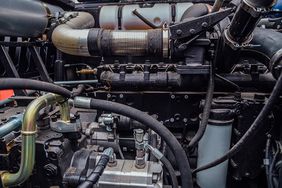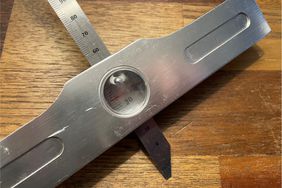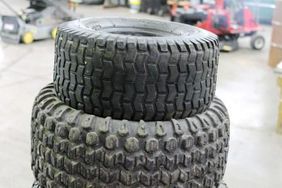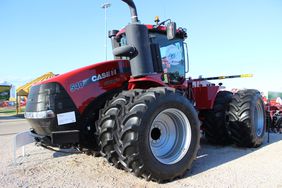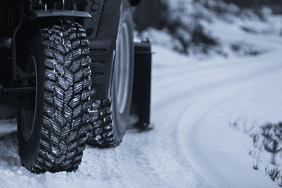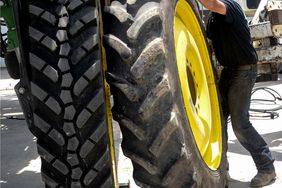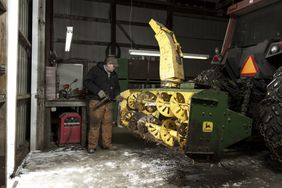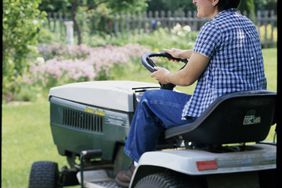:max_bytes(150000):strip_icc()/cropped-air-drill-2000-bcfc22bd8891454686bfcc9004478444.jpg)
Tire failure is frustrating and costly. Firestone estimates that each hour a flat tire keeps a farmer from planting in 2024 costs the farm $2,475.
The window of ideal planting conditions is often small, so being prepared is key. Make sure your tires are ready to roll before the busy season hits. Here are five important inspection points to look at before heading to the field.
1. Air pressure
Check the air pressure in tractor and implement tires this spring.
Tires with low air pressure can be damaged by the weight of heavy farm equipment. Over-inflating tires leaves less surface area in contact with the ground, causing more slip and soil compaction.
2. Cracks and cords
Continue to inspect tires by looking for cracks, cuts, and exposed cords.
Stubble damage can make tires more prone to costly failure and downtime.
3. Tread
Look over tread depth as well.
“Generally, if there's only about 20% tread left on there, that doesn't mean they're completely worn out, but you start losing traction and get more spin out of them than you should,” explains Dave Paulk of BKT USA.
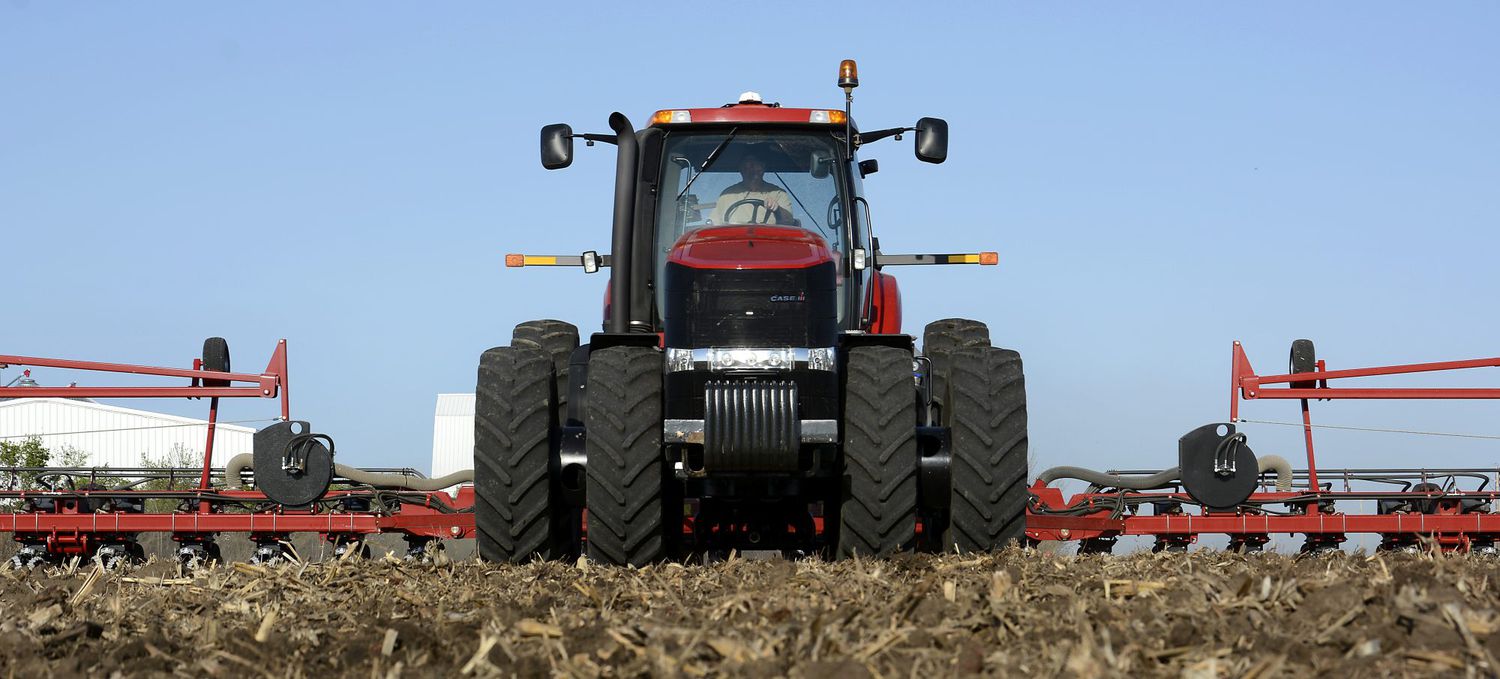
4. Valve stems and caps
Take a look at valve stems to make sure they're not leaking, and the valve core is free of debris.
Paulk adds, “Make sure they have valve caps on the valve stems because they keep mud and other debris from getting in and around the valve core and causing a leak.”
5. Wheel lug bolts
Finally, check to make sure wheel lug bolts are tight.
“You don't want loose wheels wobbling around on you,” says Paulk.
:max_bytes(150000):strip_icc()/NatalinaBausch-6-06b14ffcaa32491e802c91c09e7fc867.jpg)
